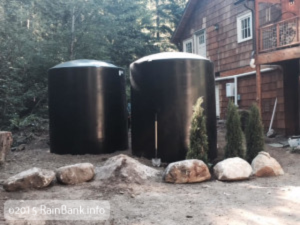 As an American Rainwater Catchment Systems Association (ARCSA) Accredited Professional and Inspector Specialist, I’m often asked,
As an American Rainwater Catchment Systems Association (ARCSA) Accredited Professional and Inspector Specialist, I’m often asked,
“Is rainwater catchment water safe to drink? What about the bird poop?”
Which usually evokes my typical response “Certainly it is, with proper storage, filtration and ultraviolet disinfection (UV), your quality of water will more than likely exceed the quality of municipal and well water sources.” Rainwater is relatively clean to start with; it is what it comes in contact with, how it is stored, and how it is treated which determines its quality.
Wells, lakes, and rivers are the most common source of our municipal water supplies. “It’s the same bird that just pooped on my roof that just flew over the lake”, I exclaim, “and as for droppings questions about deer, raccoon, geese, and every other forest animal out there – I have yet to see a deer or goose on my roof.” I often am rewarded with an ever so slight chuckle, but it does get the attention of and makes sense to my new rainwater collection advocate.
Municipal, well, and private rooftop collection must address coliform and bacteria. Municipal water sources typically use chlorination and ultraviolet disinfection to achieve an expectable level set by the EPA. Well water that exceeds allowed bacteria and coliform levels are usually condemned.
Properly collected rainwater has relatively low levels of bacteria and coliform, lending itself to simple disinfection with ultraviolet light exposure. Advances in small ultraviolet light systems, designed and tested for household use, have made potable household use of collected rain virtually free of bacteria and coliform. Of course, filtration prior to disinfection needs to be addressed by municipal, private well, and private roof top collected water. Most private rainwater catchment systems mimic municipal water filtration techniques with sediment and carbon absorption filters, followed by disinfection. Unlike well water, there is never a concern with rainwater catchment for iron, hardness, salinity, or other constituents that would require additional filtration.
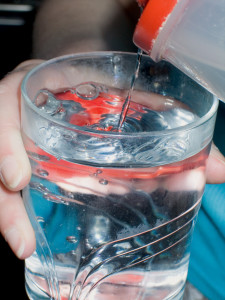 Any source of water, whether municipal, well, or rooftop collection, must be properly maintained and monitored. Private well maintenance is typically conducted by the owner – consisting of filtration changes as needed, and testing -being conducted at time of commissioning, or as a disclosure during the property sale. Municipal water sources are maintained and monitored by trained personnel, but allow for higher levels of constituents than a properly designed, constructed, and maintained rainwater catchment system. Once again, rooftop collected water is relatively clean to begin with, therefore requires a less aggressive approach to filtration and disinfection than that of a well or municipal water source. The homeowner easily maintains a rainwater collection system with periodic filtration changes, annual testing and simple monitoring. You become the purveyor of your water source; you are in charge, not leaving it to others.
Any source of water, whether municipal, well, or rooftop collection, must be properly maintained and monitored. Private well maintenance is typically conducted by the owner – consisting of filtration changes as needed, and testing -being conducted at time of commissioning, or as a disclosure during the property sale. Municipal water sources are maintained and monitored by trained personnel, but allow for higher levels of constituents than a properly designed, constructed, and maintained rainwater catchment system. Once again, rooftop collected water is relatively clean to begin with, therefore requires a less aggressive approach to filtration and disinfection than that of a well or municipal water source. The homeowner easily maintains a rainwater collection system with periodic filtration changes, annual testing and simple monitoring. You become the purveyor of your water source; you are in charge, not leaving it to others.
With careful consideration of materials, techniques, and maintenance, rainwater is most certainly a viable source of clean, safe to drink, water.

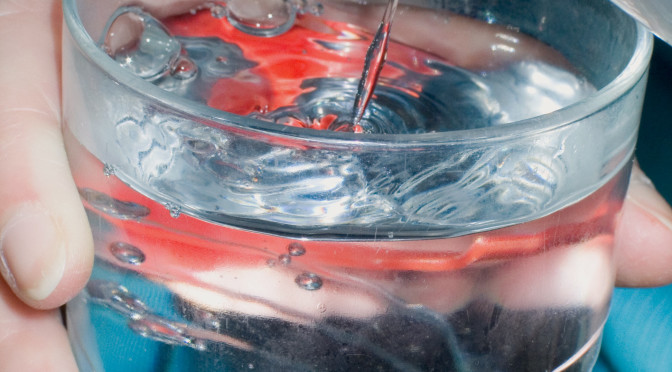
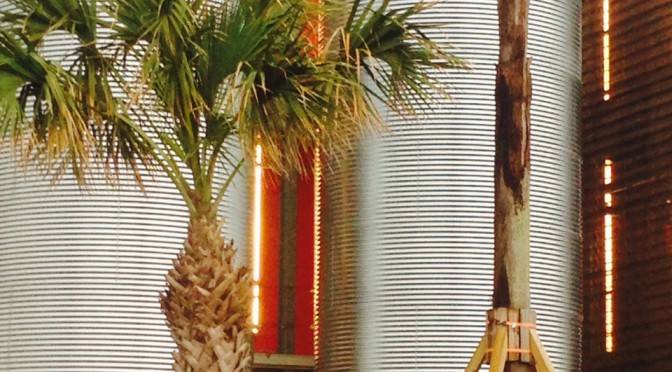
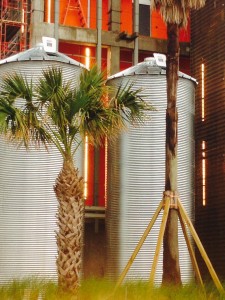
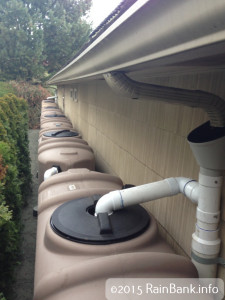 st & hassle free.
st & hassle free.
 According to some predictions, this winter the Seattle area will continue with warmer than typical temperatures. Essentially we could have a repeat of last winter with not much snowpack towards the end of winter. The good news is – we are getting above average of rainfall this December and the trend is expected to follow throughout the winter.
According to some predictions, this winter the Seattle area will continue with warmer than typical temperatures. Essentially we could have a repeat of last winter with not much snowpack towards the end of winter. The good news is – we are getting above average of rainfall this December and the trend is expected to follow throughout the winter.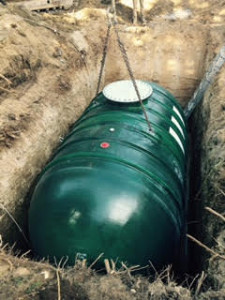 We stand a good chance of seeing a lot of the snow pack disappear before early spring, which puts us in a possible drought condition again next summer.
We stand a good chance of seeing a lot of the snow pack disappear before early spring, which puts us in a possible drought condition again next summer.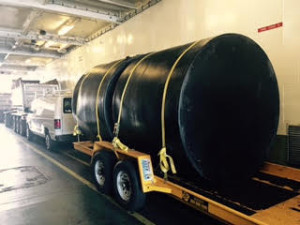 Most of our designed/installed systems in the Seattle area are supplemental to city water, allowing storage of the collected rain for those times when most needed.
Most of our designed/installed systems in the Seattle area are supplemental to city water, allowing storage of the collected rain for those times when most needed.